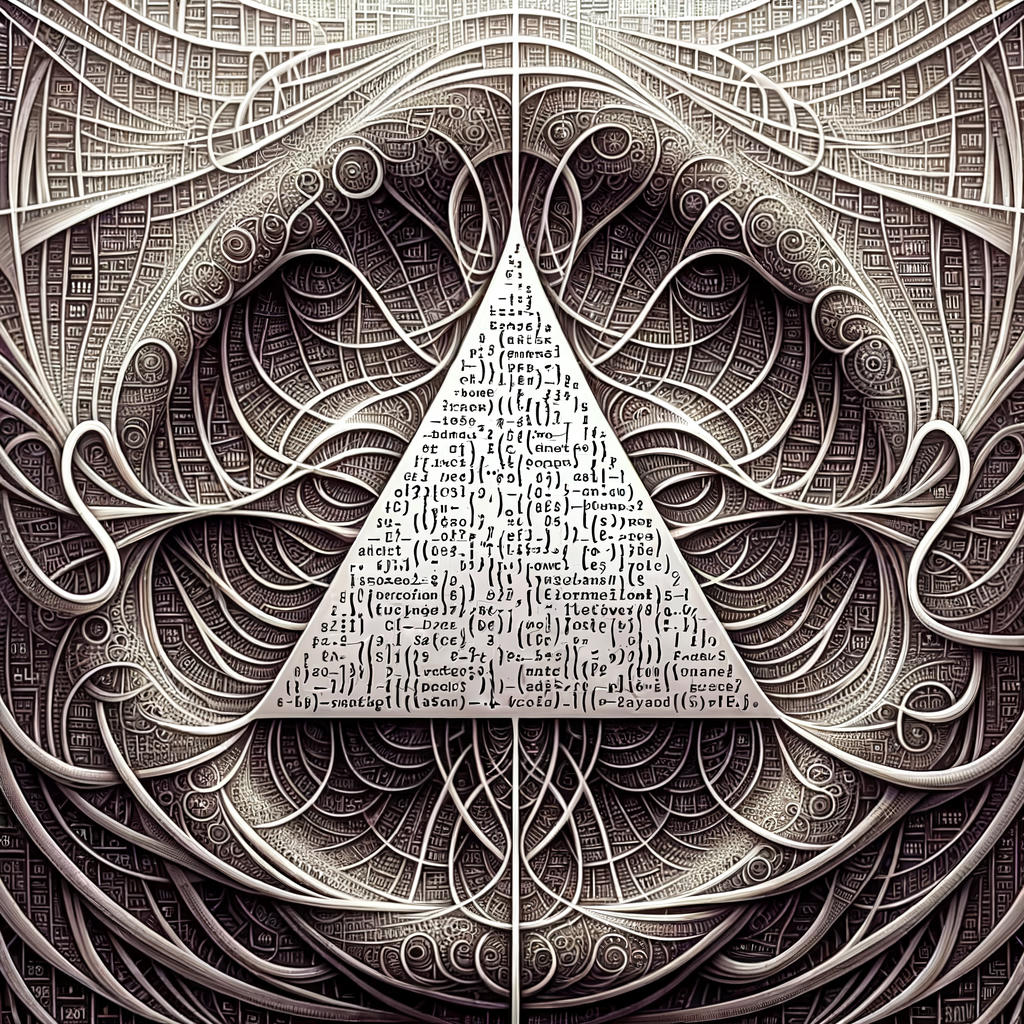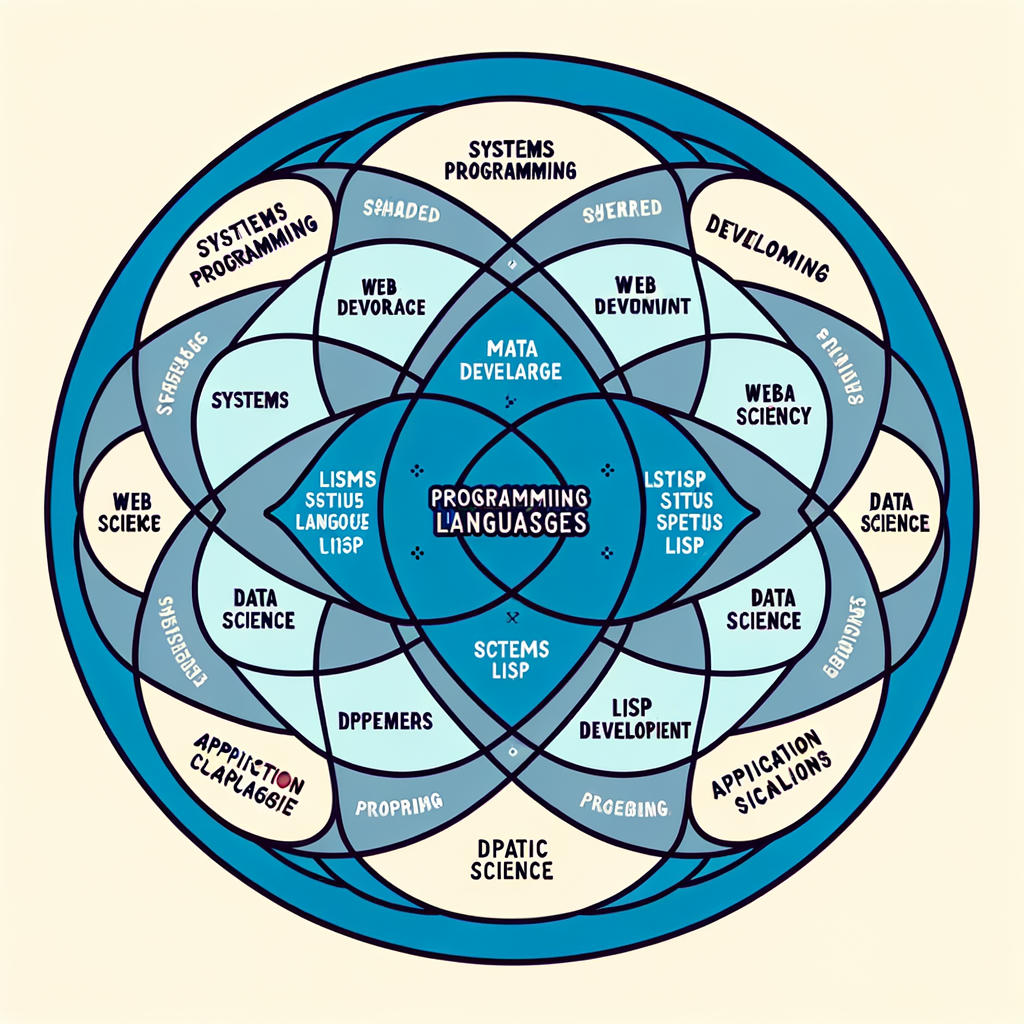Lisp: Lost in Superfluous Parentheses or Language of Incredible Potential?
Our story begins with the tale of this intrepid hero. Mugs of coffee bordering on addiction, fingers flying over keys to generate cryptic codes, feasts consisting of cold pizza slices - all these aspects of the programming life are all too familiar to him. Yet, in all these trials and tribulations, he finds solace in parentheses, his loyal companions in the battlefield of Lisp.
In the image, a lanky figure, presumably a programmer, is shown holding a well-worn book titled 'Learn Lisp in 21 days'. His face wears a triumphant smile and his eyes bear a glazed over look, a clear indication of sleepless nights spent mastering the arcane syntax of Lisp.
Lisp, the language of wizards, is famous (or infamous, if you like) for its love for parentheses. Defining a function? Toss in a pair of parentheses. Calling a function? Parentheses. Creating a list? Parentheses. Anything you do in Lisp - parentheses. It's no surprise that parentheses have become the defining symbols of Lisp, and have earned it nicknames such as 'Lost in Stupid Parentheses'.
An image of code snippet is shown. The text, a showpiece of Lisp programming, consists of an algebraic function embedded within brackets. The sight is enough to summon feelings of dread in most, but Lisp aficionados might argue otherwise.
Blazing trails through the wilderness of parentheses, typos, and endless recursion, Lisp programmers stand tall (though a chiropractor appointment is often overdue). Are they still valid in an age where Python, JavaScript, and C++ reign supreme? Well, that depends on how you look at it.
The image shows a programmer hunched over a cluttered desk, lit by the cold and detached light of multiple monitors. On the screen, pages of Lisp code, each line prefixed and suffixed with parentheses, is visible.
In the realm where modern languages constantly overlap, jostling for relevance and supremacy, Lisp seems to be in a dimension of its own. It's like the stoic sage meditating in a distant mountain while others contend in the colosseum. For general purposes, Lisp may not have the shine and spark of Python or Java. Yet, for specific tasks, surprisingly many, and unyieldingly complex, it can do things that leave other languages scratching their headers.
The image represents a Venn diagram showcasing overlapping domains that various programming languages inhabit. At the intersection of various bubbles, fields like systems programming, web development, data science, and application development are highlighted. Seemingly in its own domain, noticeably distant from the rest, is Lisp.
So, coming back to our hero, the programmer with a manic twinkle in his eyes for Lisp. His triumph over problems that seem insurmountable (unless you have a love for brackets and recursion) brings us to the answer of the contentious question: is Lisp still valid? The answer, like the language itself, is only observable in the abstract: if you find beauty in complexity, take pride in mastering the arcane, and embrace the strange, then yes, for you, Lisp is as valid as ever.
In the photograph, the Lisp programmer from before is back, a look of satisfaction and triumph etched on his face as he triumphs over a particularly complex problem using Lisp.




